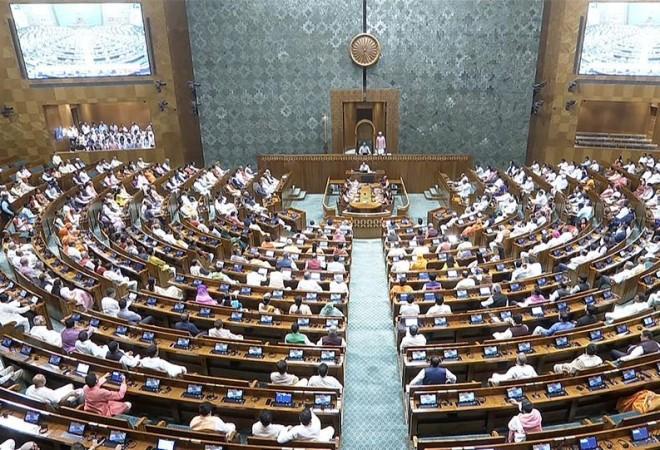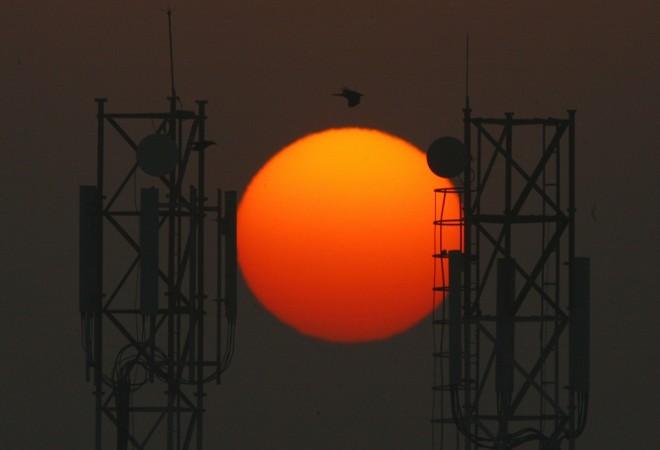
In the rapidly evolving landscape of telecommunications, the Telecommunications Bill, 2023 emerges as a pivotal document, emphasizing user protection, right of way reforms, license restructuring, spectrum management, and a comprehensive legal framework.
The recently proposed Telecommunications Bill of 2023 aims to revamp and consolidate laws governing the development, expansion, and operation of telecommunication services and networks, as well as the assignment of spectrum. This legislative endeavor is set to replace the aging Indian Telegraph Act of 1885, the Indian Wireless Telegraphy Act of 1933, and the Telegraph Wires (Unlawful Possession) Act of 1950.
In its statement of objectives and reasons, the bill emphasizes the critical role of the telecommunications sector as a driver of economic and social development. Recognizing its status as the gateway to digital services, the legislation underscores the paramount importance of the security of telecommunication networks for the overall well-being of the country. Consequently, the bill aims to establish a comprehensive legal and regulatory framework that prioritizes the safety and security of telecommunication networks, ultimately fostering digitally inclusive growth.

Here's a closer look at the key provisions:
Focus on user protection
- Legal backing for the "Do Not Disturb" register to shield users from unsolicited communications.
- Introduction of an online grievance redressal mechanism.
- Criminalization of acquiring SIM cards fraudulently using another person's identity.
Right of way reforms
- Empowerment of state-led dispute resolution with involvement from the District Magistrate and District Judge.
- Provision for establishing common ducts in infrastructure projects to facilitate telecommunication network installation.
- Streamlined procedures for obtaining permission on public and private properties.
License reforms
- Simplification of license categories, shifting towards a concise authorization structure.
- Documentation reduction from extensive pages to a clear and concise format.
- Exclusion of Over-The-Top (OTT) services from the licensing framework.
Spectrum reforms
- Explicit definition of spectrum within the Bill.
- Preference for auction in spectrum assignment, with administrative processes for specific purposes.
- National Frequency Allocation Plan for long-term spectrum planning.
- Legal recognition of spectrum re-farming, harmonization, primary and secondary assignments, and the withdrawal of unused spectrum.
Digital by design dispute resolution
- Establishment of a 4-tiered dispute resolution framework, encouraging voluntary disclosures and rectification of contraventions.
- Adjudicating officers and Designated Appeals Committee operating as digital offices.
- Right to appeal to the Telecom Disputes Settlement and Appellate Tribunal (TDSAT).
Legal framework for standards and cybersecurity
- Central Government's authority to notify standards for telecommunication services.
- Measures for protecting telecom networks and ensuring cybersecurity.
- Trusted source regime and provisions for taking over networks in the interest of national security.
Interception provisions and Digital Bharat Nidhi
- Continuation of interception provisions as per constitutional grounds.
- Upholding the accountable mechanism aligned with Supreme Court guidelines.
- Expansion of the Universal Service Obligation Fund (USOF) to include research and development in telecommunications.
Innovation and technology development
- Introduction of a regulatory sandbox for testing new products and services.
No disruption
- Grandfathering provisions to allow the continuation of exemptions, licenses, permissions, registrations, etc., granted before the enactment of the Bill.
The Telecommunications Bill, 2023, represents a paradigm shift towards a more user-friendly, efficient, and secure telecommunications framework, setting the stage for a digital future in India.








